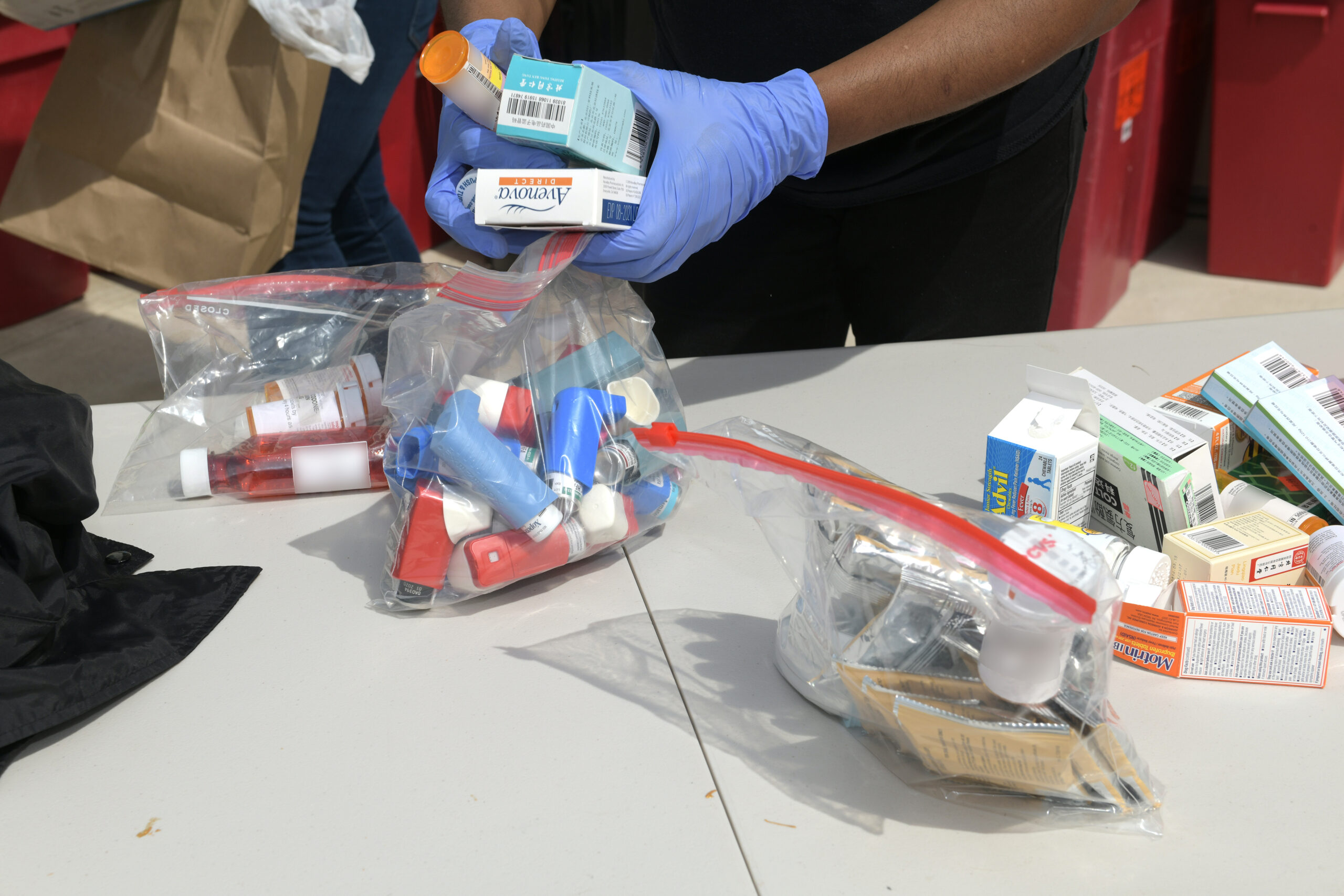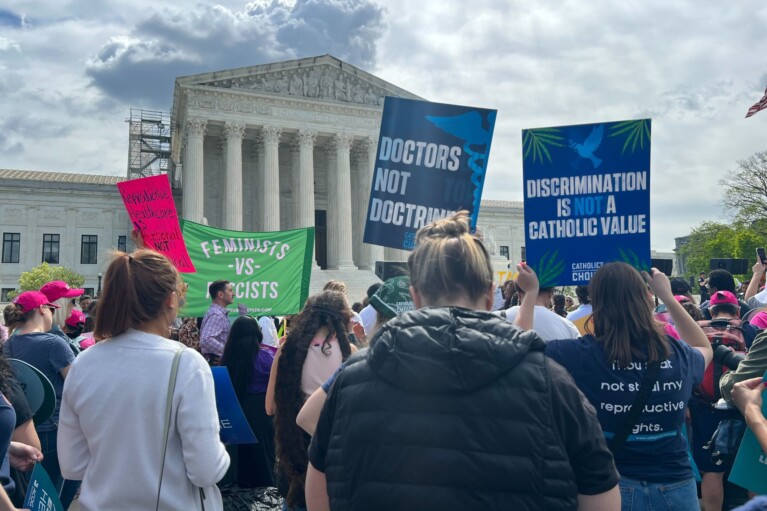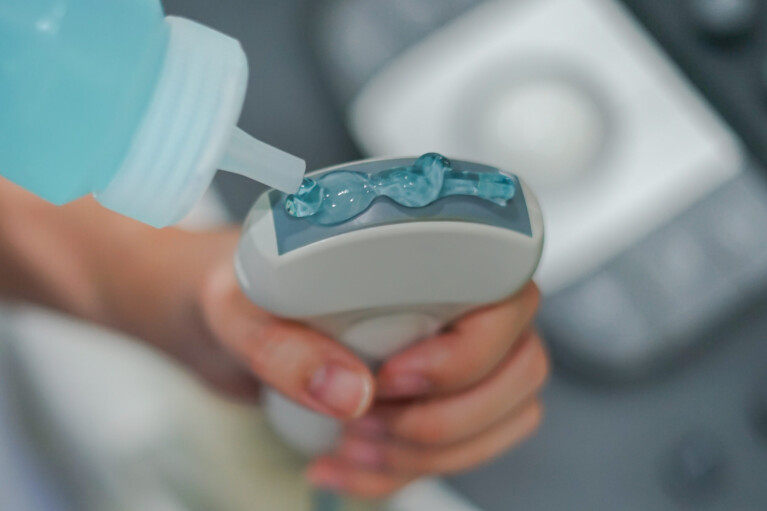Opioids Killed Thousands of Maryland Residents in 2021

By Riley Brennan
In 2021 there were over 100,000 fatal drug overdoses in the United States, with more than 76,975 of these deaths being attributed to opioids, according to the Center for Disease Control and Prevention.
Opioid and fentanyl-related deaths have been growing nationwide in recent years. According to the National Institute of Drug Abuse, 70% of all overdose deaths in 2018 (some 46,802 deaths altogether) involved opioids.
Maryland saw an increase in opioid and fentanyl-related deaths in 2021. When looking at data spanning from January through September, opioid-related deaths increased by 2.09 percent from 1,865 in 2020 to 1,904 in 2021, and fentanyl-related deaths increased by 3 percent from 1,731 to 1,783.
In 2020, there were 964 deaths from opioids in the city of Baltimore, nearly triple the number of people who were victims of homicide.
In 2018, Maryland’s opioid-related death statistics were even higher than the national average, with 2,087 deaths, making up “nearly 90% of drug overdose deaths,” according to the National Institute of Drug Abuse.
Synthetic opioid-related deaths other than methadone, including fentanyl, also increased in 2018 to 1,825 in Maryland and were involved in upwards of 90 percent of all opioid-related deaths.
These numbers increased in 2019, with the CDC reporting that nationwide “overdoses involving opioids killed nearly 50,000 people in 2019, and nearly 73 percent of those deaths involved synthetic opioids.”
The CDC splits opioid deaths and overdoses into four different categories, natural opioids (which include morphine, codeine and semi-synthetic opioids like oxycodone, hydrocodone, hydromorphone, and oxymorphone), methadone, synthetic opioids other than methadone (fentanyl and tramadol) and heroin.
According to the CDC, “reports indicate that increases in synthetic opioid-involved deaths are being driven by increases in fentanyl-involved overdose deaths, and the source of the fentanyl is more likely to be illicitly manufactured than pharmaceutical.”
The growth of fentanyl in the United States over the past decade has been substantial. According to the United States Drug Enforcement Administration, reports of fentanyl identified in forensic laboratories increased from 5,541 in 2014 to 100,378 in 2019 in the United States.
While opioid-related and fentanyl-related deaths have continued to grow, heroin-related deaths have trended downwards.
From 2018 to 2019, heroin-related deaths nationwide decreased by over 6 percent, while opioid-related deaths and synthetic opioid-related deaths increased by over 6 and 15 percent, respectively.
According to American Addiction Centers, fentanyl is cheaper, stronger and easier to obtain, part of the reason for its popularity.
Fentanyl deaths are also on the rise among teens. According to a study conducted by The Journal of the American Medical Association, adolescent drug rates didn’t change much over the last decade, with the rate only growing by 0.2 percent between 2010 and 2020. Yet, the study found overdose deaths among teens grew exponentially, with the overdose mortality increasing by 94.03 percent from 2019 to 2020 and then again by 20.05 percent from 2020 to 2021.
The study found that fentanyl use among adolescents was “identified in 77.14% of adolescent overdose deaths.”
It was also found that American Indian and Alaska Native adolescents had the largest overdose rate at 11.79 per 100,000, something that remained consistent among the adult population in 2020 as well. Latinx adolescents were second with a rate of 6.98 per 100,000, followed by white, non-Hispanic, and black, non-Hispanic.




 Creative Commons Attribution
Creative Commons Attribution